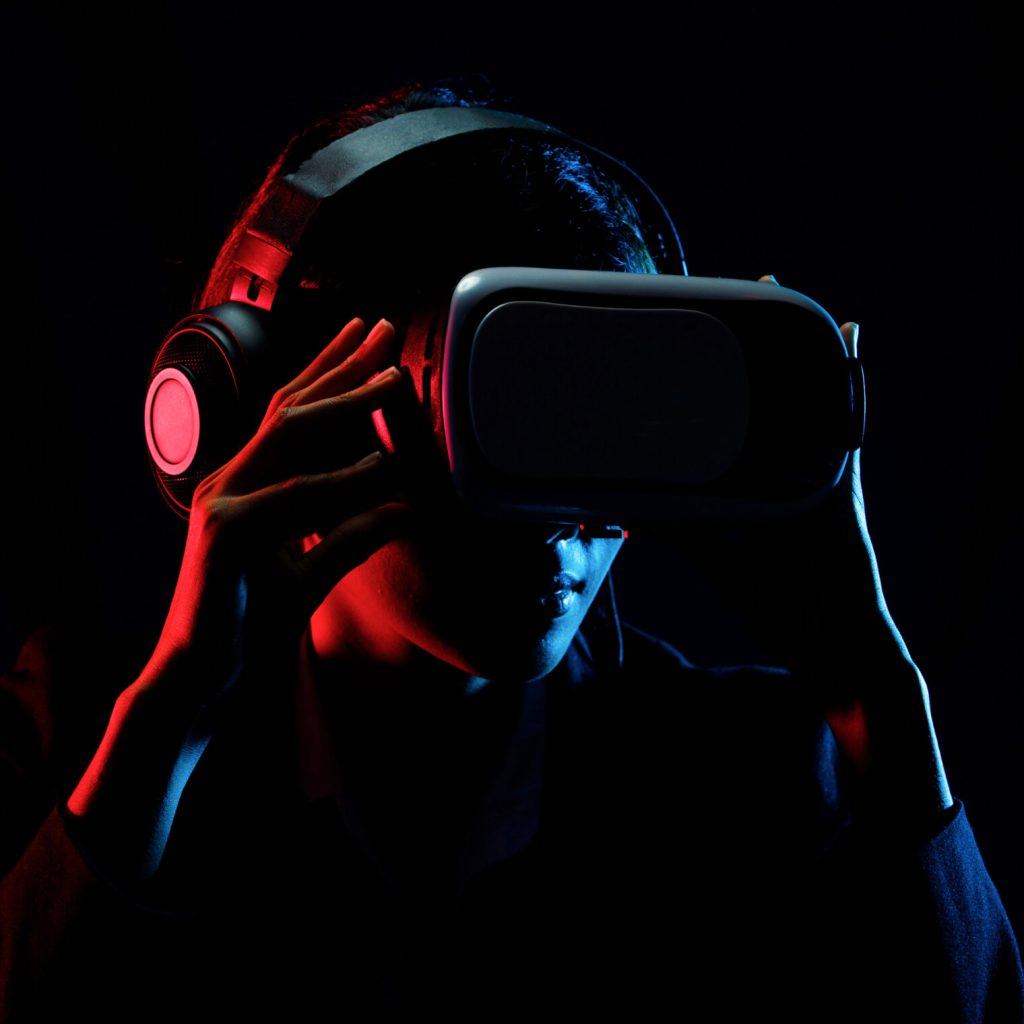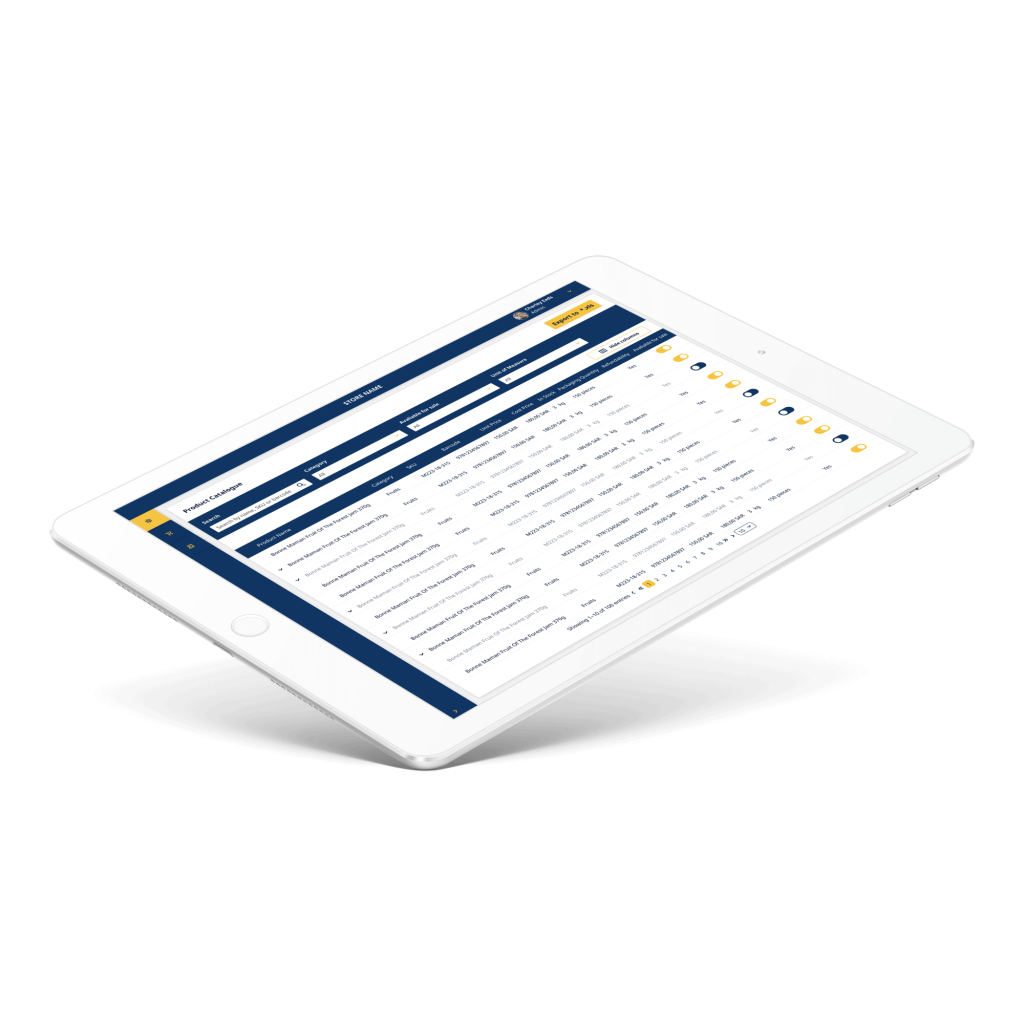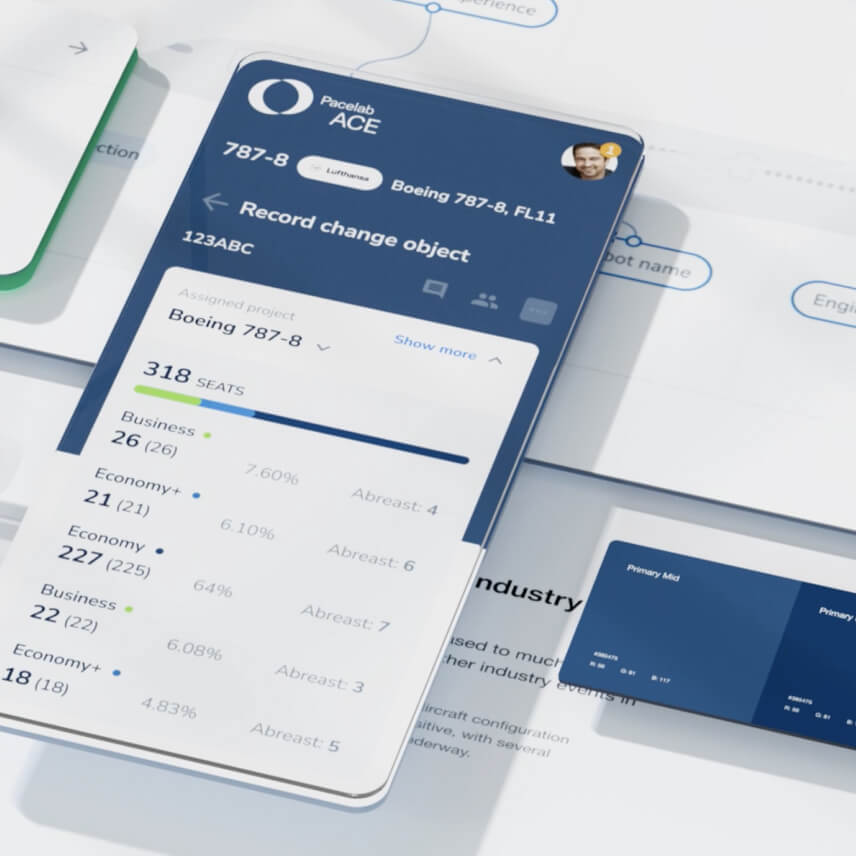According to Radial’s Future Shopping 2025 report, a miniscule 3% of shoppers always use a retailer’s mobile app while in its bricks-and-mortar stores, with only 15% doing so on a regular basis. The reason being that most retailers haven’t designed their retail apps with omnichannel shopping in mind. They’ve failed to define the functionality that could really enhance the in-store experience, such as personalised discounts and promotions, in-store navigation or payment via a mobile device.
Here's what you should keep in mind from the very start to ensure your retail app is shaped to fit real customer needs.
1. Make an app that adds value
Customers have become highly critical since access to a world of similar products became so easy. So, if your app is little more than a replica of all the other retail applications out there, you’ll never be able to carve out a niche in a sea of sameness.
The best retail apps make customers instinctively want to download them, because they offer a simpler, better shopping experience.
The tangible benefits of your app should be obvious to a consumer. You need to be incentivised in some way to download a new retail app to your mobile device, but the incentive needn’t necessarily be monetary – so long as it’s something that will enhance your overall shopping experience. For example, an app could offer functionality that a mobile site doesn’t, keeping in mind that your mobile device is with you all the time. Apps offer the possibility to perform instantaneous tasks like on-the-spot loyalty point redemption, or using a mobile device to make payments at the POS.
Starbucks, the world’s biggest coffeehouse chain, designed its mobile app to include exactly these sorts of perks. With almost 12 million active users, Starbucks’ app gives customers the option to pay with their mobile phone and earn loyalty rewards while doing so. Furthermore, the app gives customers an overview of their loyalty point progress in real time, which gives them an instant hit of satisfaction that keeps them coming back.
One important factor to note is that the best retail apps – Starbucks included – save customers time. The Starbucks app offers users the option to pay for drinks beforehand and schedule in-store pick-ups. This is a big, obvious benefit, over and above the regular purchase action. It significantly improves the overall customer experience and is a prime example “adding value” through a retail app, especially in the times of social distancing when people avoid spending time in crowded places.
Something to think about when you’re considering the design of your own retail app: 71% of iPhone users download a brand’s apps to earn extra loyalty points, while 67% will install an app to receive app-only coupons or discounts.

2. Design a user-friendly interface
It’s tempting to try to design an “original” retail app, with unique menus, fancy buttons and responsive elements. With an entire world of technically enhanced app development platforms at one’s disposal and, of course, the prevalence of highly-advanced mobile devices, it’s never been easier to succumb to the novelty trap. And it’s here that retailers end up creating applications that are beautiful but not particularly useful, leaving customers confused about something as simple as which tab they need to click on.
Aesthetics are important in app building, of course, but there should be no compromise on functionality. Designing an app with enhanced user experience in mind is what will set you apart from the competition. Retail mobile apps that actually help can become a customer’s trusted shopping assistant, seamlessly facilitating an easier and more pleasant shopping experience.
Let’s talk about eBay’s app for a moment. Two of the most striking things you notice as you begin to interact with it are its user-friendliness and functional brilliance.
The app’s simple layout, clean design and swipeable interface make it truly user friendly. eBay’s app also allows users to upload images and scan barcodes through their mobile device’s camera, to find information on a product. The app isn’t just user friendly and easy on the eye – it’s a real time-saver too. This is how the best retail apps become popular.
In short, eBay’s app offers a superior version of the eBay experience, which makes it one of the best examples there is of a near “perfect” retail mobile app.

3. Simplify the in-app purchase path
When a customer decides to buy something from you, they kick-start a chain of purchase processes. They add an item or items to the cart, then they have to type in their credit or debit card number, add their delivery information and so on. More often than not, customers prefer to use a laptop or desktop when they fill out their card details. There are various reasons for this – they might not have their card to hand while they’re on the move, they may be in a hurry, etc. In any case, the chance of a customer abandoning their shopping cart is high. It is, however, possible to simplify the mobile shopping framework. With your customers’ permission, you can save their payment details when they make their first purchase with you. You can also make use of payment systems like PayPal, Apple Pay or Google Wallet. The Groupon app, for example, enables purchases via Apple Pay, which makes it incredibly easy for its customers to grab a deal on the go. The best retail apps make use of all the tools at their disposal to strip the purchase path back to its most straightforward form.4. Use push notifications wisely
A push notification is a powerful way to notify your customers to new offers, or to tell them about the arrival of new products. It builds rapport with consumers because they feel connected to a brand. However – as you’ll testify yourself – if your mobile device is constantly pinging to tell you about a 20% discount with X, Y or Z retailer, you’ll quickly develop fatigue.Business of Apps cites that “one push notification per week can lead to 10% of users disabling notifications, and 6% disabling an app”. The article goes on to state that 31% of users don’t find push notifications helpful in any way, with only 18% viewing them as a useful form of brand communication.Notifications should be more than a nudge to prompt your customers to shop. You could – and should – use them to keep your customers in the loop about industry or brand news. You could also direct consumers to a recent article or piece of content they might be interested in. This isn’t to say that you shouldn’t promote your business or deals through your app, but you should try to avoid coming across as too salesy. What’s more, your customer’s smartphone should not be buzzing all day long or there’s a high likelihood your app will be deleted. So, choose the topic of your notifications wisely and plan how to deliver them carefully – taking into consideration that people are already overstimulated and busy. Luckily, retailers have a host of tactics at their disposal these days. According to Accengage’s stats, customer targeting and personalisation are the two biggest improvers of reaction rates, with targeting yielding three-times the reaction of non targeted messaging and personalisation up to four-times the engagement. Emojis have also been shown to boost reaction rates by up to 20%, while strategically tailoring your send times can increase reactions by a massive 40%, and rich formatting by 25%.
A word of warning, though. Over-personalisation can put customers off. 25% of people will use an app less if they feel it tracks their behaviour too closely, and a similar number are spooked by location tracking.There’s a fine balance to be struck between adding value to consumers' lives by delivering timely, informative communications and annoying them with your persistent messaging or – worse still – leaving them with an uneasy sense that you know a little too much about them. Harness your data and run A/B testing to find the approach that works best for your customers.
Conclusion
The best retail apps aren’t the ones that use flashy gimmicks and constant promotional nudges. The best retail apps strip the user journey back to its simplest pathways. They enhance the in-store shopping experience and serve as an even better version of a brand’s website. Great mobile apps offer the most straightforward way to engage with a retailer and its products while creating brand advocates by keeping customers in the know about things that genuinely interest them – not just discounts and promotions. Get ahead of the competition. Find out more about how ELEKS can help you develop the best retail app for your business. Speak to an expert today.Related Insights

















